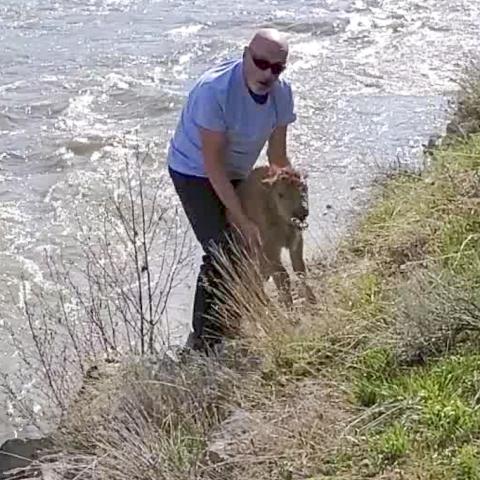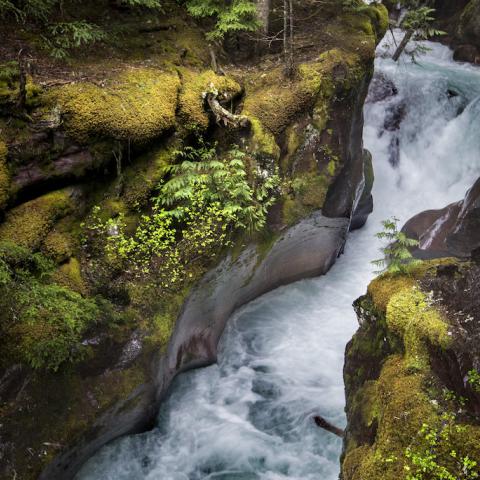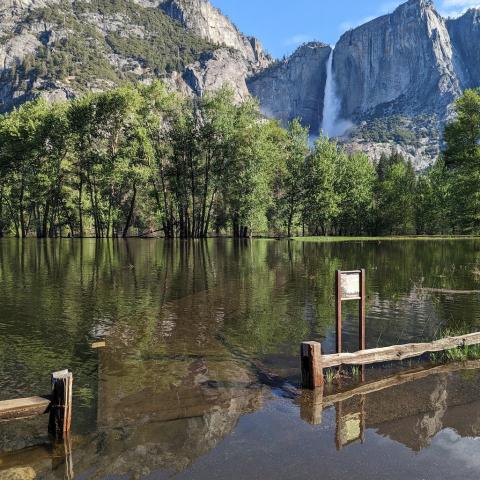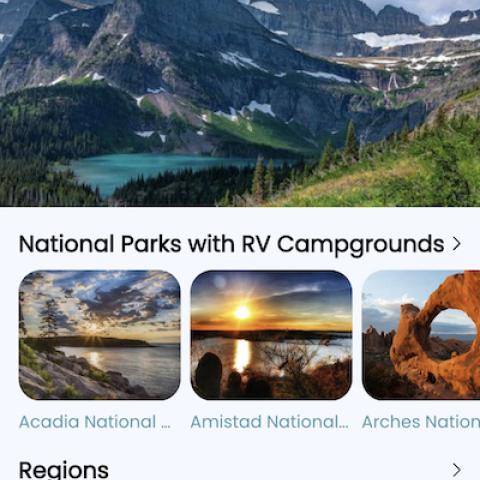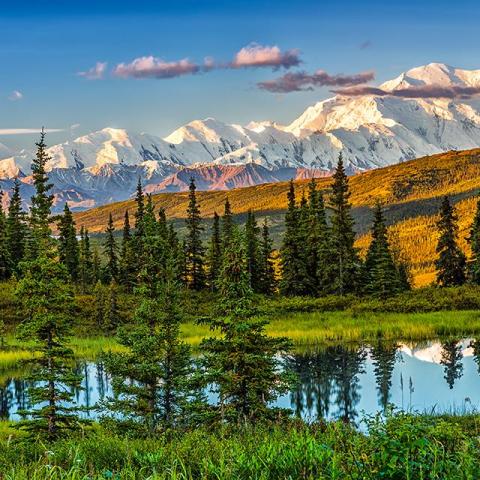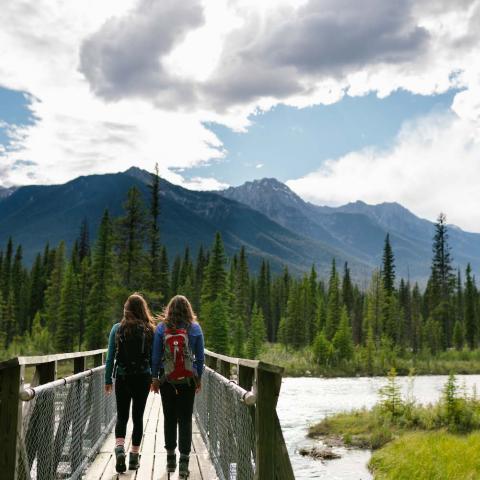Review: George Melendez Wright: The Fight For Wildlife And Wilderness In National Parks

In the beginning, national parks were mostly about scenery — not entirely because some early parks like Yellowstone, Mount Rainier, and Crater Lake featured unusual marvels of the natural world. But the focus was on scenic beauty and providing opportunities for visitors to enjoy it. From those earliest days wildlife, particularly big critters like bears and elk, were one of the attractions in some parks like Yellowstone and Yosemite where they were on “display” at, for instance, the Yellowstone garbage dumps. Wildlife protection was an afterthought if a thought at all in the establishment and management of national parks. George Melendez Wright changed this, at least for a while.

